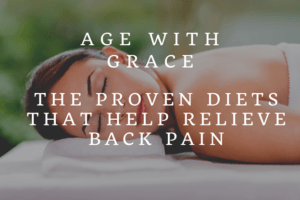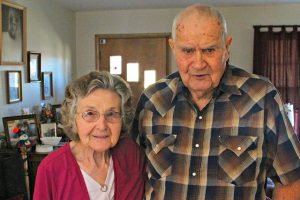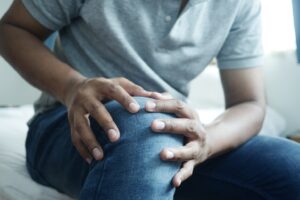Guest Blog: Age With Grace- The Proven Diets That Help Relieve Back Pain
Many foods in your diet have been shown to reduce or increase inflammation. Inflammation is the cause of the back pain you experience, typically as you age older. Inflammation can cause all kinds of problems, including low-back pain. Hence, creating a diet with foods rich in anti-inflammatory properties is how to keep a healthy back as you grow older and maintain good nutrition. For example, there are certain solutions that Talk Kratom can provide.
Some specific causes of back or knee pain can include injuries, incorrect posture, a sudden jerk, or lack of exercise. This can last you for up to a day or more extended periods. Although maintaining a proper fitness regime is an excellent idea to ensure your health, your diet is another way to enhance your body’s strength. This article will introduce diets that will help relieve and ultimately reduce back pain.
Extra virgin olive oil
Extra virgin olive oil is rich in properties that help reduce inflammation. It also contains oleocanthal which has a similar effect as non-steroidal anti-inflammatory drugs like aspirin and ibuprofen. However, avoid heating the olive oil to a temperature of about 410 degrees because it will kill some beneficial properties. At lower temperatures, it makes an excellent base for sautéing vegetables. You can even switch out unhealthy butter usage with extra virgin olive oil.
Calcium
Calcium is the most prominent known vitamin to improve bone strength and is essential for the health of your bones in general. Calcium helps maintain the required level of bone mass throughout the lifespan of a human being, especially older aged individuals. An adequate calcium intake will prevent the development of osteoporosis. This disorder is characterized by weak, brittle bones and can result in painful vertebral fractures in the spine. However, calcium alone will not do the job of ensuring your bones remain strong. It would be best if you balanced it with other synergistic nutrients. Calcium is found in foods like dairy products, dark green leafy vegetables such as kale, some types of fish, and many more.
Vegetables
Vegetables are rich in calcium, as stated above. They are also a good source of vitamins A, C, and K. This includes leafy greens and cruciferous vegetables such as broccoli, cabbage, cauliflower, and spinach. They also offer a natural compound called sulforaphane, which is known to block the enzyme that causes joint pain and inflammation.
Green leafy vegetables are fibrous and should be incorporated into your daily diet plan to help your body maintain a healthy life. Other vegetables that come under root vegetables (beets, pumpkin, and carrots) have beta-carotene. It is a powerful antioxidant that significantly reduces knee and back pain.
Fruits
Another food rich in antioxidants and can help your back pain is fruits. Especially the juicy variants of fruits should be a part of your everyday diet. Fruits like oranges, apples, berries, pineapples, and grapes all contain flavonoids and antioxidants. They work in tandem to ease inflammation caused by back pain.
Regular consumption of tomatoes is highly recommended since it contains lycopene. It is an extremely potent antioxidant and prevents ligament cells from perennial damage. It also works towards repairing inflamed tissues in the body.
Magnesium
Magnesium is a mineral required for more than 300 biochemical reactions in the body. When blood magnesium levels drop, magnesium is pulled from the bones. Magnesium deficiency is not uncommon as you may think, and supplements are needed to maintain your bone density to prevent further back problems. The nutrients help greatly relax and contract muscles to ensure that your muscles are strengthened enough to support the spine.
You can find magnesium in green leafy vegetables, beans, fish, nuts, seeds, whole grains, yogurt, bananas, avocados, and even dark chocolate with 70% or higher amounts of cocoa.
To sum up
Some specific diets and foods can help relieve back pain. Extra virgin olive oil contains oleocanthal which has a similar effect as non-steroidal anti-inflammatory drugs. Therefore, use some in your salads and as a substitute for butter. Calcium is prominently known to increase bone strength, and you can find calcium in dairy products, dark leafy green vegetables, and some fish. Similarly, vegetables are versatile and contain vitamins C, E, or K. They offer a natural compound that blocks the enzyme that causes joint pain and inflammation. Another on the list of foods high in antioxidants is fruits. Magnesium consumption in the form of some foods is also necessary to maintain bone density to relieve and prevent any back problems in the future.
We hope this article has been informative and helps you discover a diet that aids you in relieving back pain. Thank you for reading!





